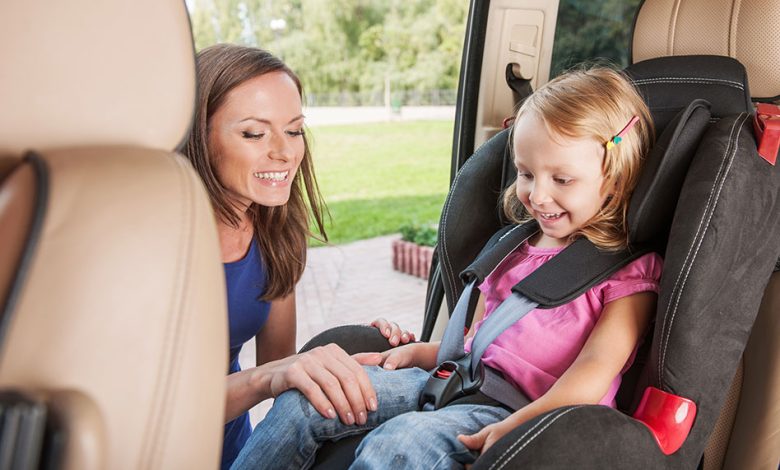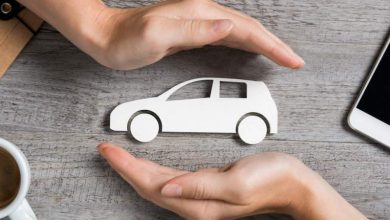Why car seats are so important

If you head to a comparison site like mustard.co.uk, you’ll expect tips and advice about how to get cheap car insurance, but did you know you can also find information on a whole range of other car related topics? Here, they take a look at car seats and why it’s so important to get the right one for your child.
Why are child car seats important?
Wearing a seat belt didn’t become law until 1983 and even then, it only applied to the driver and front seat passenger. Nevertheless, its introduction saw an immediate 30% drop in serious car injuries that year. In 1991, the law was later extended to include rear seat passengers.
But seat belts aren’t suitable for very small children which is why car seats are so important, although staggeringly, they weren’t a legal requirement until 2006. For children, car seats provide vital protection, ensuring they’re restrained properly to reduce the risk of serious or fatal injury.
In fact, according to a study in Sweden, rear facing car seats can reduce the chances of injury by 90% compared to being unrestrained. Front facing car seats also reduced the risk of injury by up to 77% for children aged between 4 and 10 years old.
Not only do car seats protect your child, they can help protect you too. In a collision, unrestrained back seat passengers are thrown forward towards you, with a force up to 60 times greater than their body weight.
What is the law on car seats?
With all this in mind, the law is very clear on car seats and children must normally use a car seat appropriate to either their height or weight.
Children can use an adult seat belt when they turn 12 or reach 135cm in height, whichever is first.
How do I choose a car seat?
You can choose from two types of car seat which must conform to European safety standards. You can check by making sure there is an ‘E’ in a circle on its label :
Height-based car seats
Also known as ‘i-Size’ seats, these must be rear facing for all children up to 15 months old. After that, you can switch to a front facing seat if you want. You’ll also need to check its label to make sure it meets standard R129 .
Weight-based car seats
These are split into four groups so it’s likely that more than one type of seat will be suitable for your child. These will need to meet the ECE R44 standard which should be shown on its label too.
The four groups are:
- Group 0 for babies between 0kg-10kg (up to 9 months)
- Group 0+ for babies and infants between 0kg-13kg (up to 15 months)
- Group 1 for babies, infants and toddlers between 9kg-18kg (up to 4 years)
- Group 2 for children between 15kg-25kg (up to 6 years)
- Group 3 for children between 22kg-36kg (up to 11 years)
What is the penalty for not using the correct car seat?
If you’re the driver, it’s your responsibility to make sure that any passenger under 14 years old is properly strapped in, whether that’s in a car seat or with an adult seat belt. If they aren’t and you’re stopped, you can be given an on the spot fine of £100. If you’re taken to court, you could end up with a £500 fine.
Can I buy a second hand car seat?
It’s recommended that you avoid buying a second hand car seat, unless you know for a fact that it hasn’t been involved in an accident. Damage isn’t always obvious and even minor accidents can weaken the structure of the seat and make it more vulnerable in an impact.
Find out more and compare great value car insurance
For more information about the law on car seats, head to mustard.co.uk where you can also compare great value car insurance from leading providers. You can start a quote online right now or speak to an expert on 0330 022 8791.














